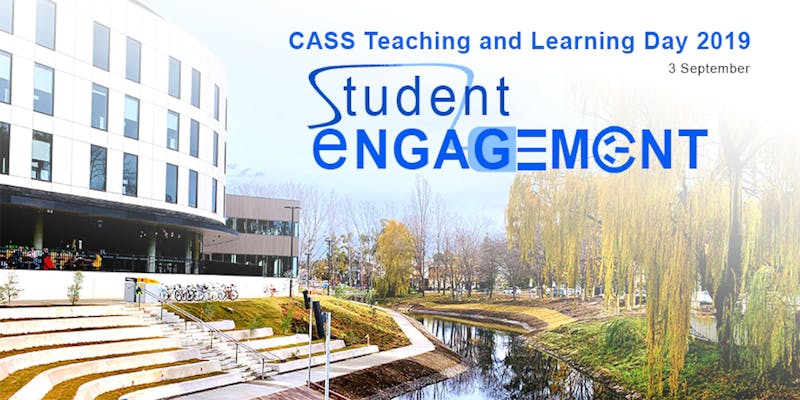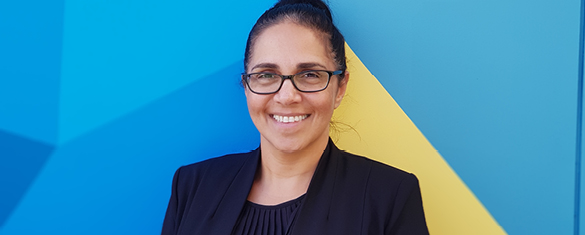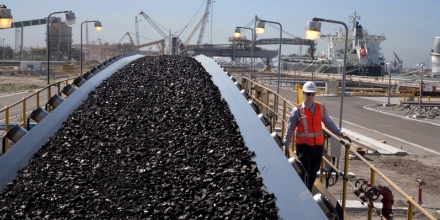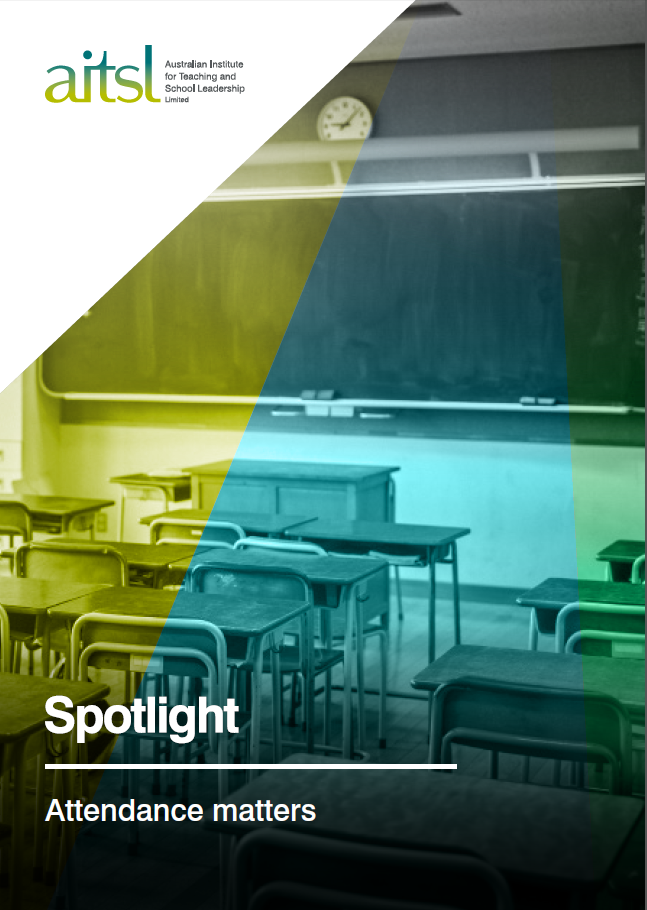Greetings from the Australian National University in Canberra, where the
Coal transition: power sector, regional adjustment and policy conference just opened. The chair pointed out that while a transition from coal to renewable energy was happening in Australia, to create a
major export industry, but that the politics of regional development and employment needed to be taken into account.
The chair just invoked the
Chatham House rule, so I can tell you what the speakers say, but not who says it. I have been to industry events on regional defence strategy under the rule, so military and government personnel could speak freely, but this is unusual for an academic conference.
The first speaker talked about Germany's transition out of coal, with the last mine closed. However, Germany imports coal, including from Australia, as it has the EU's largest proportion of coal fired electricity generation. It is planned to phase it out by 2038. While the speaker said Germany had phased on coal, then then said that
Lignite is still mined. The form of poor quality brown coal is mined in the former East Germany, where there is high unemployment. Some of the newer coal fired power stations in Germany have a lifetime out to beyond 2060, so closing them by 2038 will require government intervention (by regulation or a auction mechanism).
The speaker pointed out that Germany was the only European country aiming to phase out coal, without use of nuclear power. This creates a problem of how to provide continuity of supply when there is limited sun and wind. An extreme form of this is Nuclear Winter, mentioned by
Professor Schmidt, Vice Chancellor of the Australian National University, last Thursday, when in
introducing the energy entrepreneur
Dr Lachlan Backhall. Professor Schmidt suggested that nuclear power might be needed during a nuclear winter. Dr Blackhall seemed taken aback at the suggestion, and quipped he was delighted Professor Schmidt thought humanity could survive a nuclear winter.
The next speaker this morning outlined the use of coal for power generation in Australia. They described any new coal power station in Australia as a "white elephant", with renewables quickly supplanting coal. With no new coal fired power investment the question is
when the existing plants will be economically non-viable. Exiting plants are earning good returns for their owners, due to market power, however, many could be uneconomic by the end of the 2020s. The problem is the sudden closure of a few large plants will cause price spokes benefiting the few remaining plants, and requiring expensive government intervention. The speaker proposed an auction based mechanism for orderly exit from coal. They derided the idea that a three year notice by plant owners was sufficient, as it takes many more years to provide a replacement.
The third speaker focused on what would be needed for the transition from coal in Victoria. This included a complex map showing the main energy generation plants and inter-connectors. This was a very matter-of-fact presentation, planning the transition, within the limitations of only a three year notice from coal fired power station owners. They point out that just planning new faculties could take five years, before construction started. An additional problem is that old power stations become unreliable, long before they are closed, and this also needs to be planned for. What was proposed was forward planning in anticipation of closure. What I found interesting was that the discussion was limited to the planning of the transmission networks, with the provision of actual generating capacity left to the market. One issue they are addressing is the 14 days capacity needed to complement renewable energy. Their analysis was that if there is more than a 20% chance of a major Victorian power station closing early, it would be worth building an extra in-connection early. However, they were still not planning actual generating capacity.
The next speaker suggested that rooftop solar was being installed at such a rate, it would allow earlier closure of coal fired power stations. It is hard to imagine that householders installing a few panels on their roof can replace a huge power station, but Australia leads the world with home solar power. This is being complemented by construction of wind farms, many of which are being built as private company initiatives, so their full impact has not been apparent. This is a very positive picture, especially for governments, which would need to do little except see that a network was in place to carry the power. The last part of the puzzle was storage needed for when the wind is not blowing or sun shining.
The last speaker discussed coal jobs and the transition to renewable. They first pointed out that coal mining jobs are very different to work in power stations. Government policy had mostly addressed power station jobs, not coal mining, and the speaker questioned the viability of this. Job statistics conflict as to the trend of jobs in coal mining, but it is clear that coal mining is not a major employer. Coal miners are younger than power station workers ("They are aging with their plant"). About half of coal miners are low skill machinery operators, whereas power station workers are more highly skilled, making them more employable. The experience of other countries is that only about one third of redundant coal miners get secure jobs, with a third becoming casual, and one third retiring. The Australian experience from the Hazelwood closure, which had government funding, showed a similar pattern.
Statistics for renewable energy employment are less clear, but it appears half the jobs are in roof top solar installation. Employment per kwh of energy are lower than for coal. The low skill proportion of jobs is similar to coal mining (for installers, rather than machine operators). Large scale wind projects tend to be more distributed than coal mining, and not in the same locations. What the speaker did not discuss was that most of the jobs for renewable energy are installation. Once a solar panel or wind turbine is installed, not much maintenance is needed over the decades of life. Of course this also increasing applying to a coal mine, where after construction the mines are increasingly automated, and operated remote from the mine site.














Bans on student mobile devices are intended to reduce student distraction. This has nothing to do with collection of data about students. I suggest it would be better to teach students, particularly older students, how to use mobile devices responsibly, than banning them. I am old enough to have been shown how to make an emergency phone call at school: is that still done?
Data collection via social media, and mobile devices by corporations is an issue, but not one exclusively for teachers. What is a school issue is the use of corporate educational sites which are “free”, but collect student data for resale. Teachers should not use Apps which infringe their students privacy.
Extensive standardized testing of students predates the Internet, but is facilitated by it, as in the example of online NAPLAN. What needs to be remembered is collecting data is not in itself useful. Also there has been extensive research on how such testing can be harmful.
The propensity of school systems to measure students and try to put their behavior (not just their academic knowledge), on some sort of scale is facilitated by a greater ability to collect data. But then again there should be a good reason and evidence, this actually works.
If the data is not being collected for a good educational reason, then I suggest teachers have a professional responsibility not to collect it.
Like many AARE articles, this one portrays teachers as powerless employees required to carry out the instructions of their employers. I suggest teachers need to assert their professional status, and decide what is in the interests of their clients (the students), as all professionals are ethically required to do. Where data collection is not educationally justified, or is harmful, teachers have an ethical obligation not to collect that data. Teachers need to put in place guidelines, and then lobby collectively to have them adopted by school systems.
References